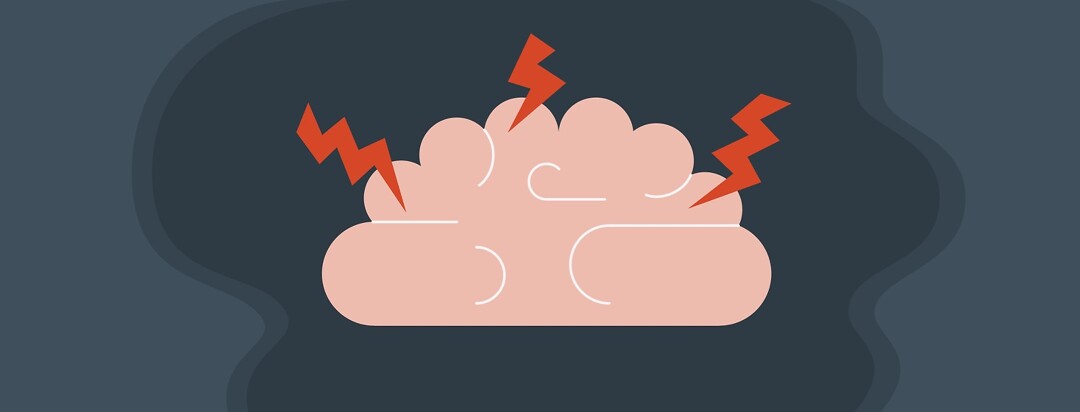Chronic Pain and the Brain
As someone who commonly treats conditions of chronic pelvic pain, I think it is important to look at how the body responds to long durations of perceived pain. Moreover, what happens in the brain and the nervous system when pain transitions from being a short episode of pain with an identifiable stimulus to being a more constant pattern of intractable discomfort with no specific cause?
Let’s use the example of having a urinary tract infection. A person with a UTI will feel pain in their bladder or urethra and those organs send a message up to the brain as a warning. The brain responds by urging the human to withdraw from any stimulus that will increase the pain of the UTI (take off those tight pants and no sex for you this week). The human takes antibiotics, the infection is cured and all is right in the world again.
When pain becomes chronic
But things change when pain in the body becomes chronic (lasting more than three months). Let’s say that pain continues in the pelvis of the person in the example above, but there is no bacteria found in the urine. The initial stimulus of the pelvis sending an alert message to the brain to tell it of the infection has been removed from the equation. So, why is there still pain and burning with urination in the absence of any discernable cause?
This phenomenon is known as Central Sensitization.1 It underpins the rationale as to why chronic pain is perceived by the brain when there are no noxious stimuli from remote parts of the body sending messages upwards.
Research was performed in 2010 which established that the brain’s message of warning to the body to withdraw from threat will continue long after the offending presence of the stimulus has left.1 If we use the example of a UTI, the brain will continue to tell the human to avoid all activities associated with worsening that pain, even after the infection is resolved.
Endometriosis is a chronic condition
Why is this important when it comes to a diagnosis like endometriosis? Endo pain is chronic. Endo lesions can be surgically excised. But often the brain will perceive threat and tell the body to avoid activities, even in the absence of the endo lesions. This is one working theory as to why patients don’t always have a dramatic reduction in pain after a laparoscopy to remove endometrial lesions.
What can we do with this information, now that we know that the brain is at the switchboard of the body telling all the nerves that the house is on fire and that peril awaits? Because of research like this, we can understand that the messages of danger and fear that arise from the brain in a person with chronic pain mustn’t always be heeded. This doesn’t mean that chronic pain is not real. Rather, it gives us the choice to quiet down the errant warnings of the nervous system which are no longer protecting us.
What to do if you have chronic pain
How can you calm down an overactive nervous system? Meditate. Go on walks. Talk about the pain and give it a name. Use that vibrator. Put on those tight pants. Tell your brain that you are in control and that you know that your house is not on fire. You are safe and can protect yourself.

Join the conversation